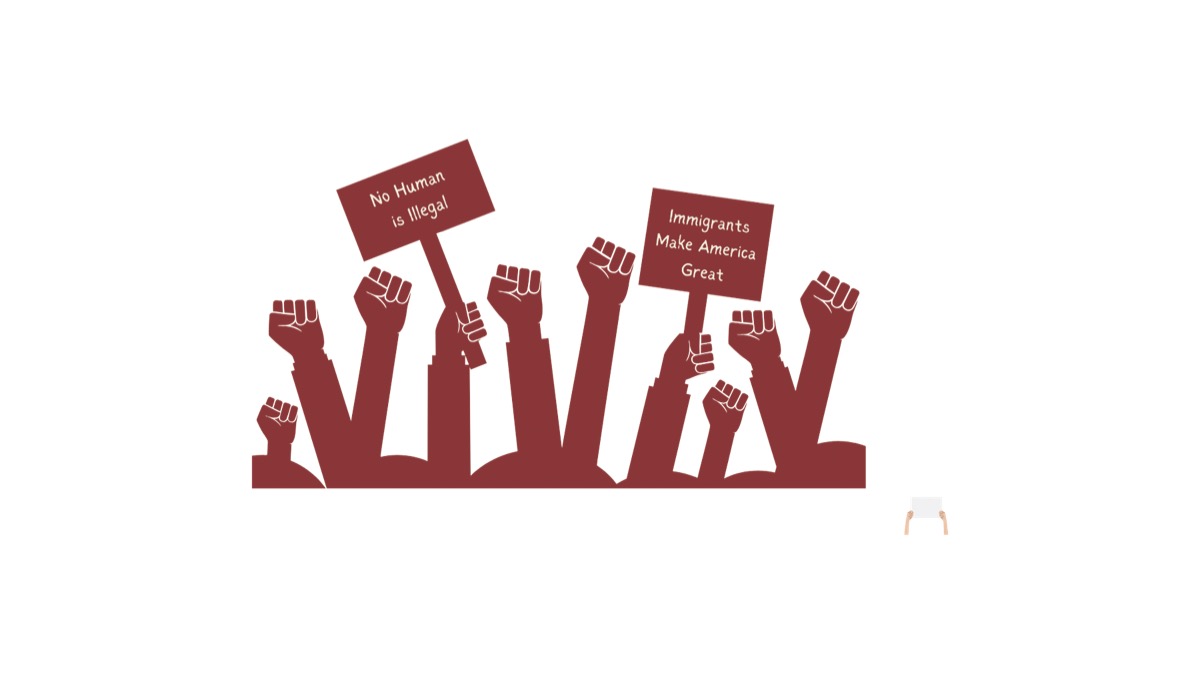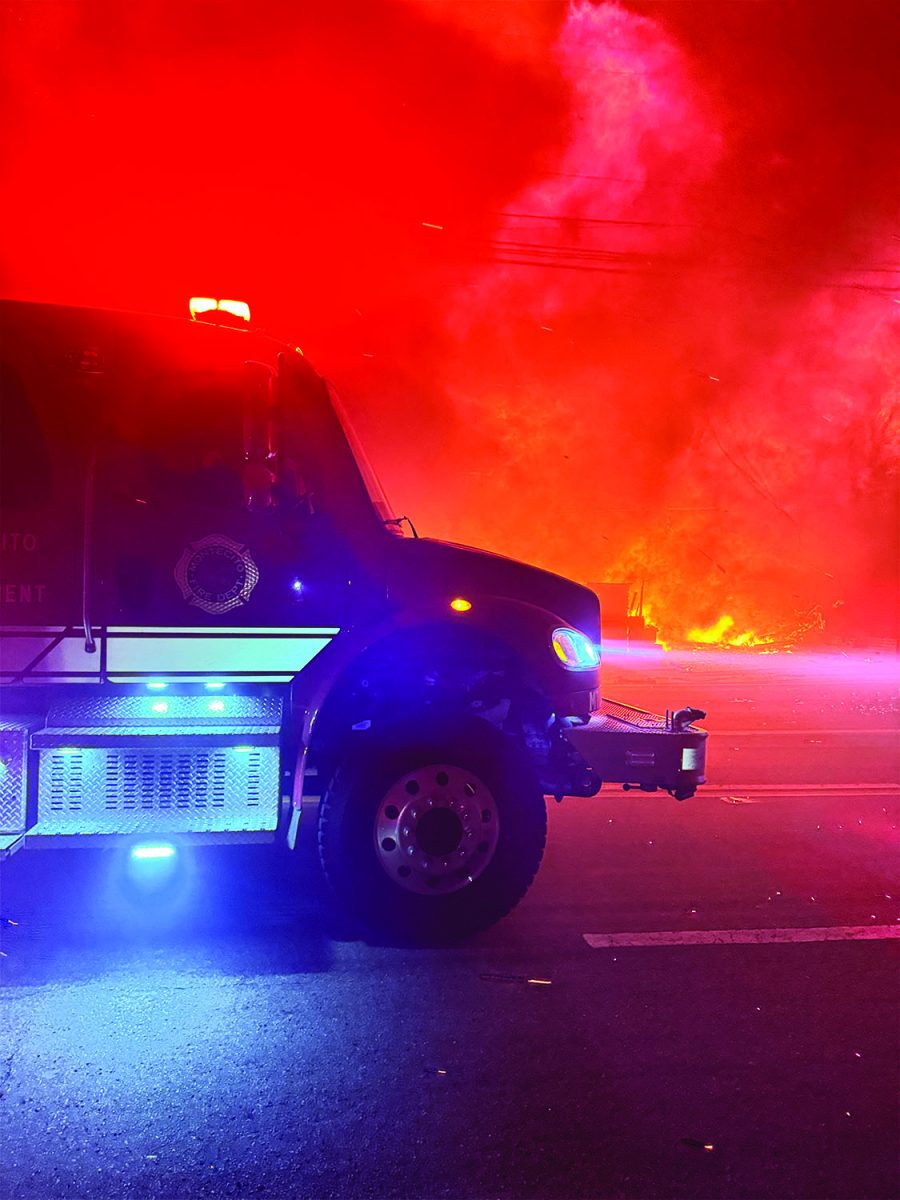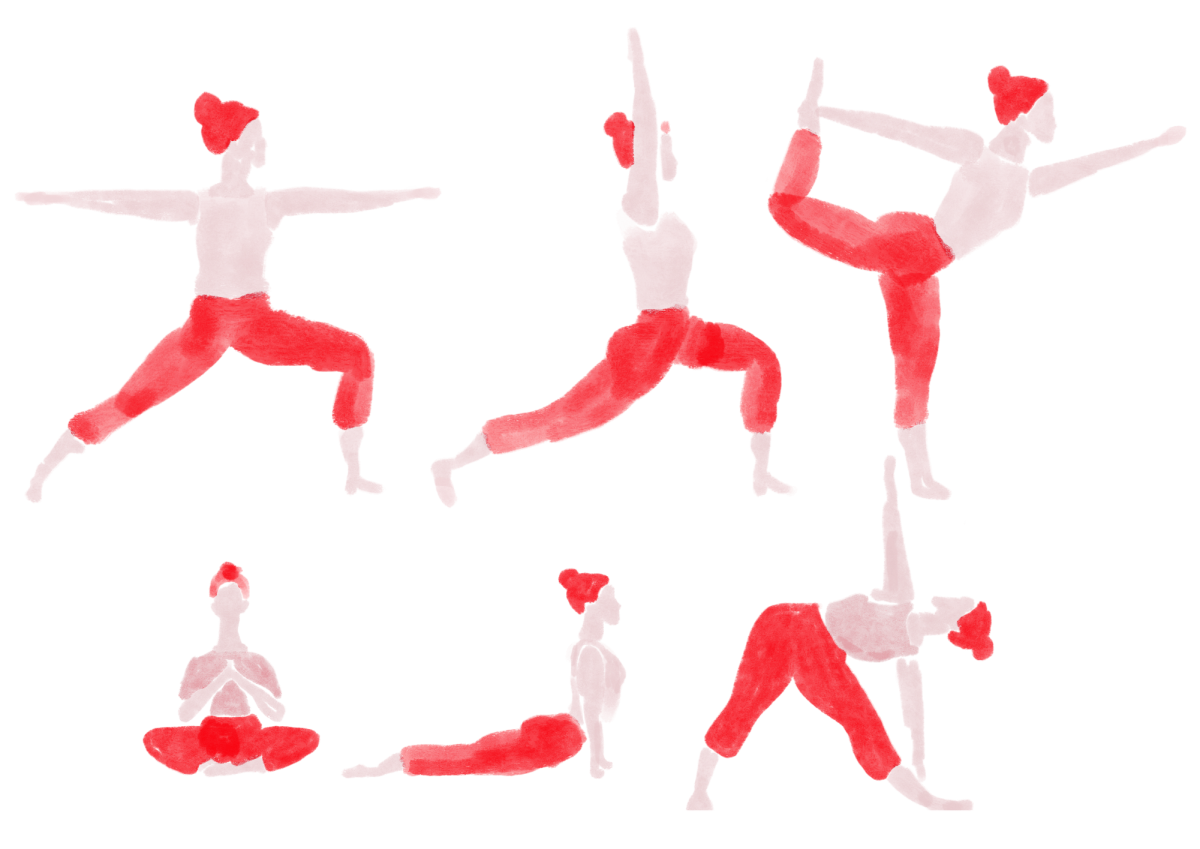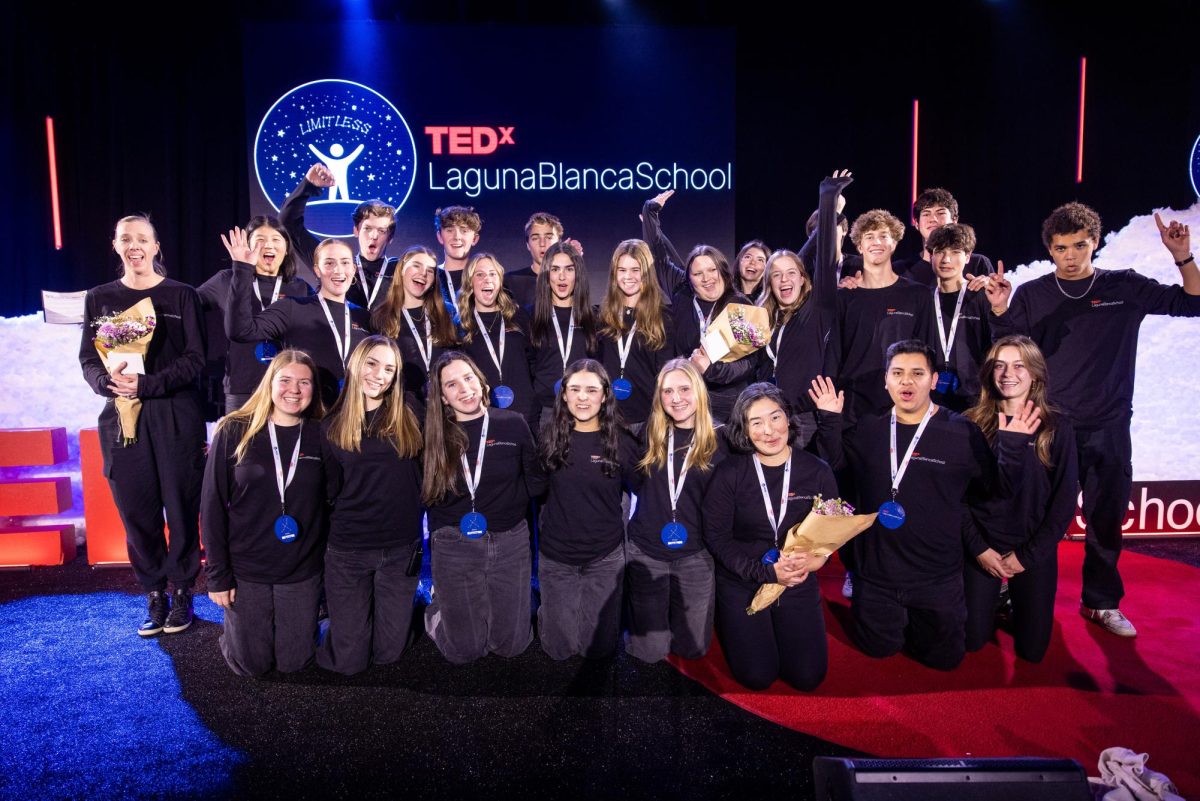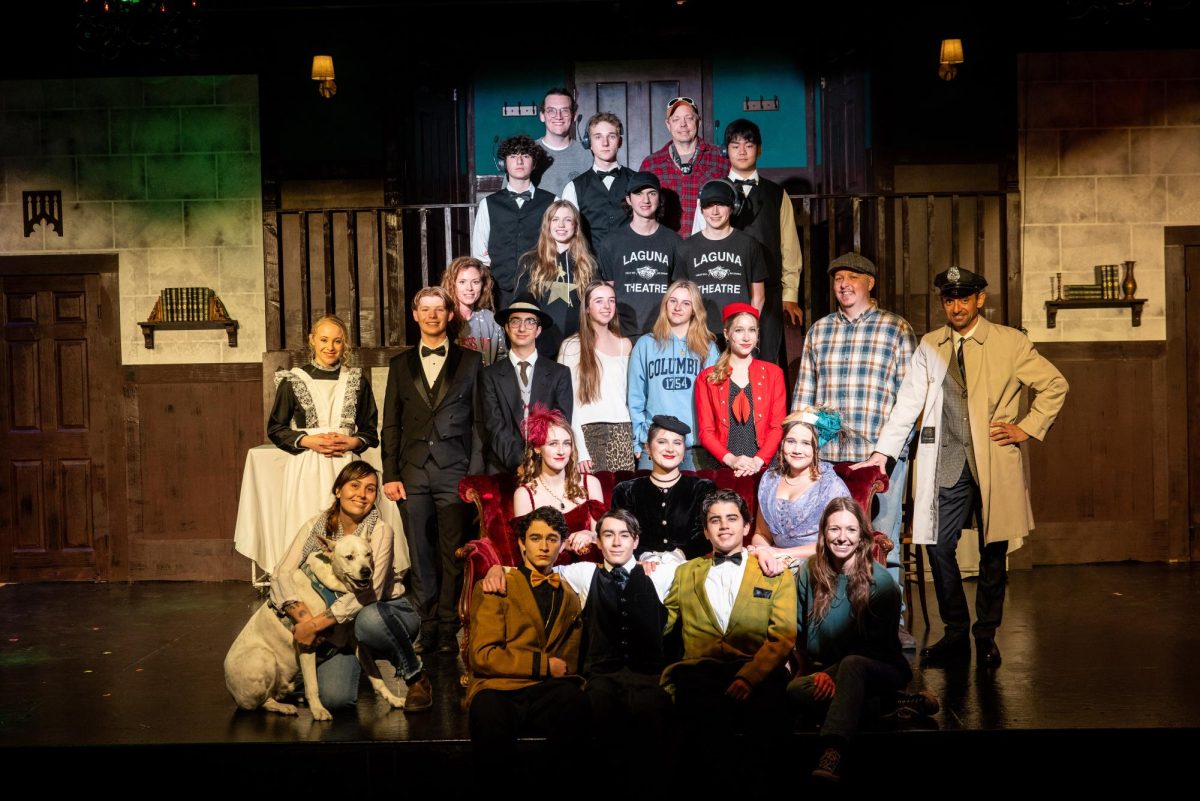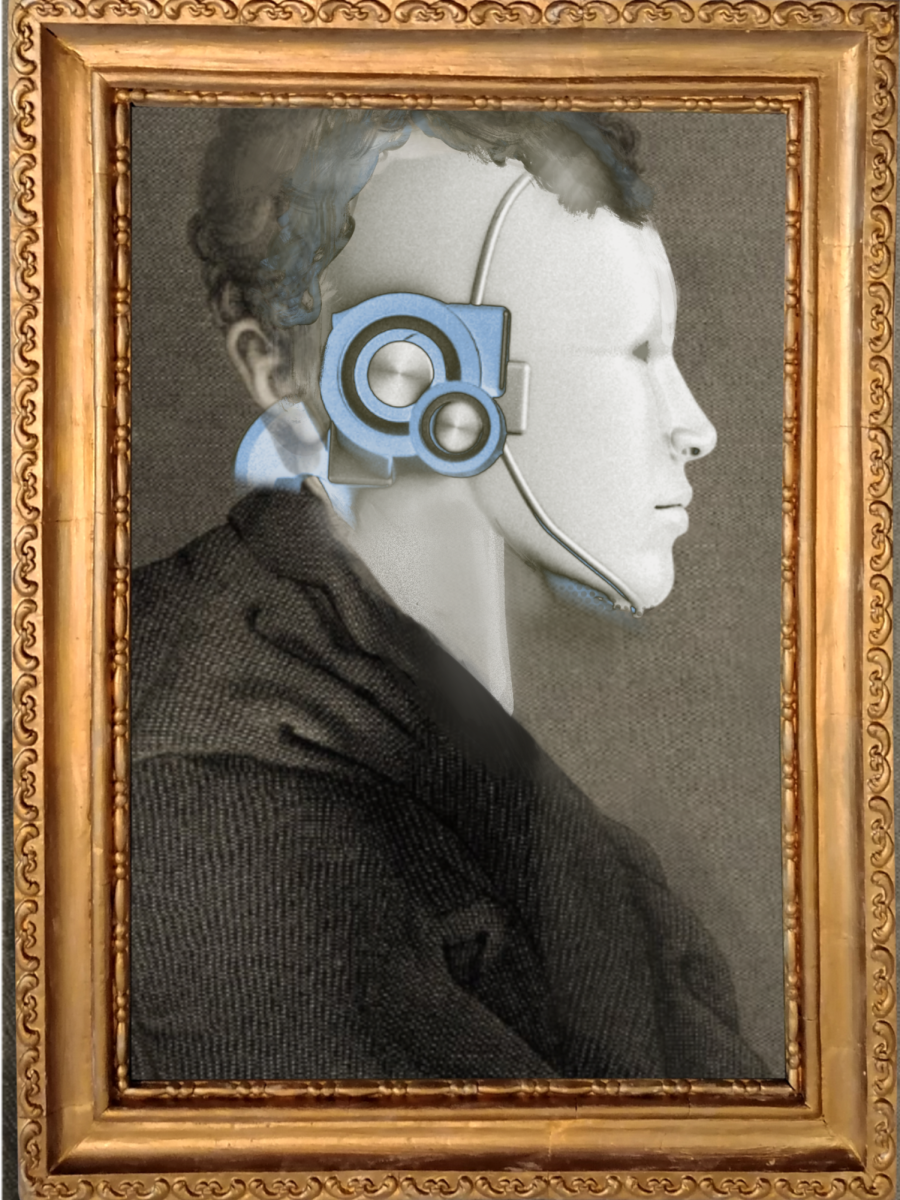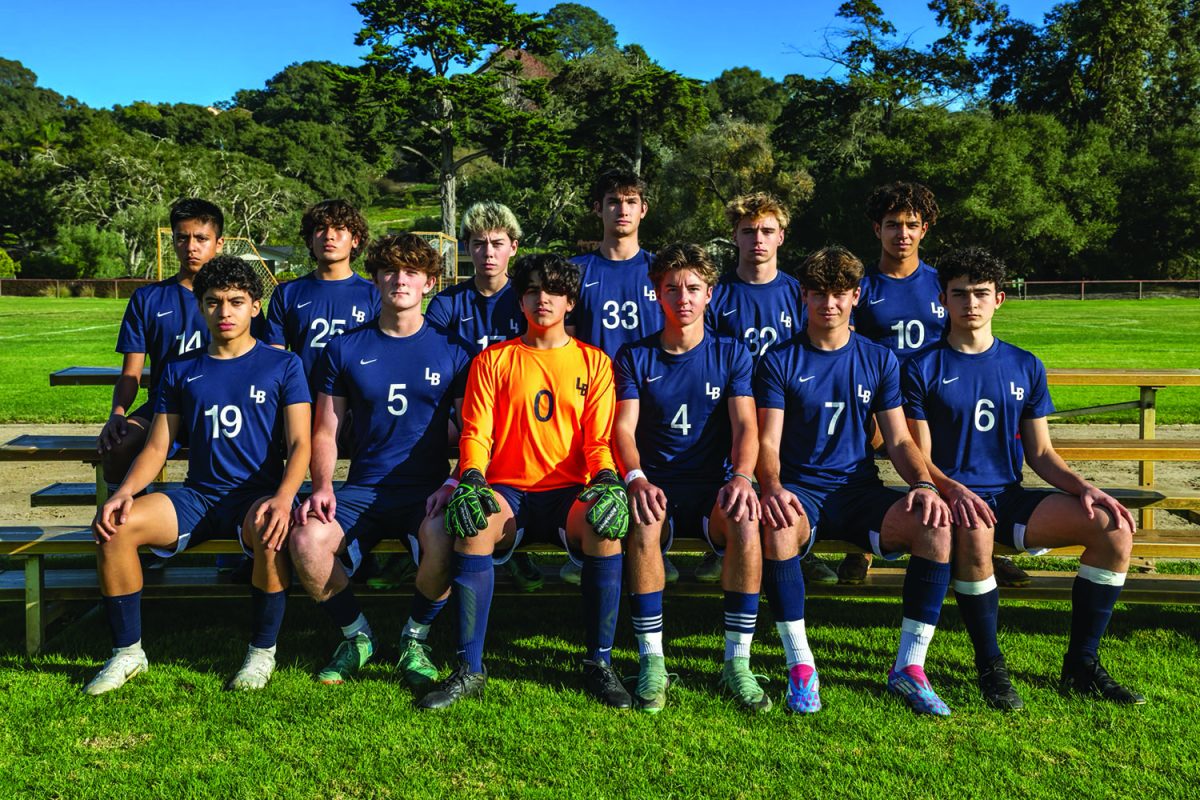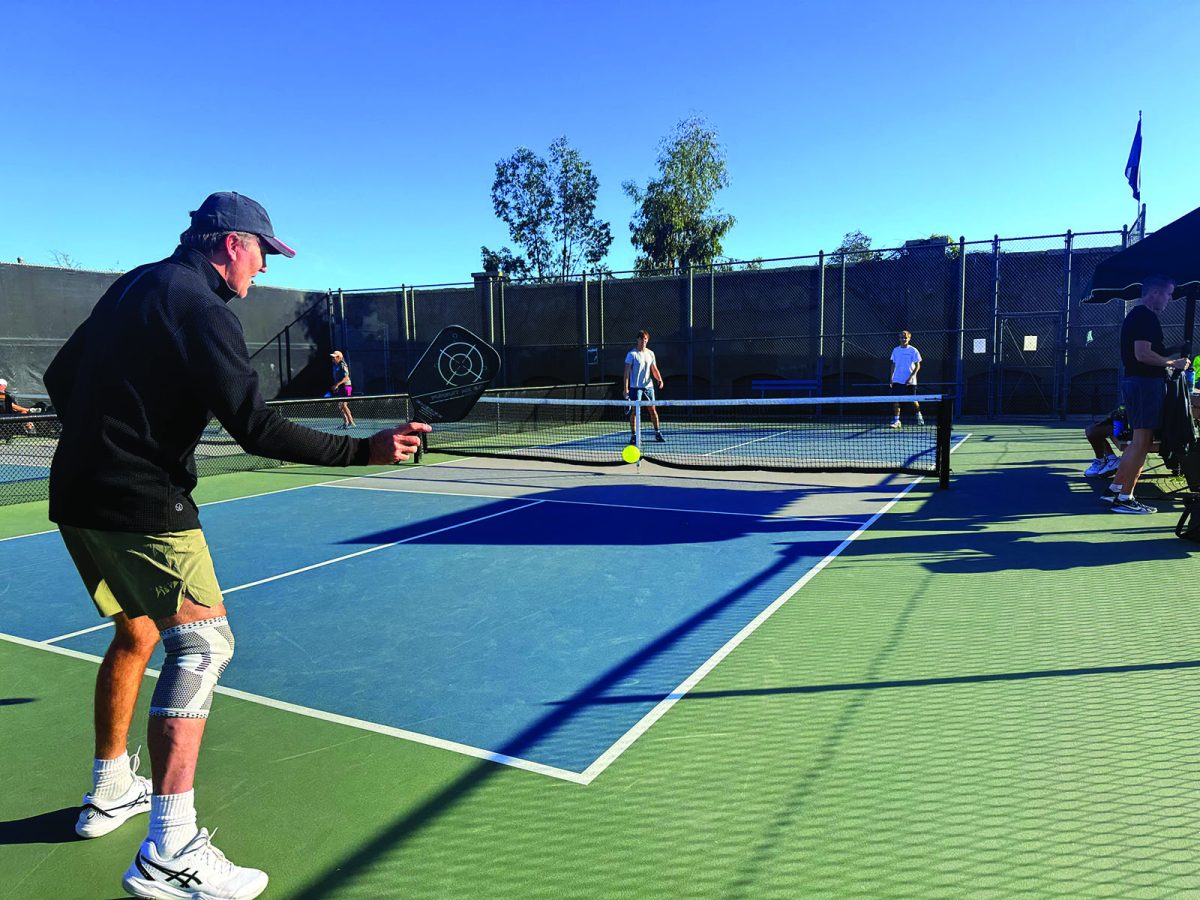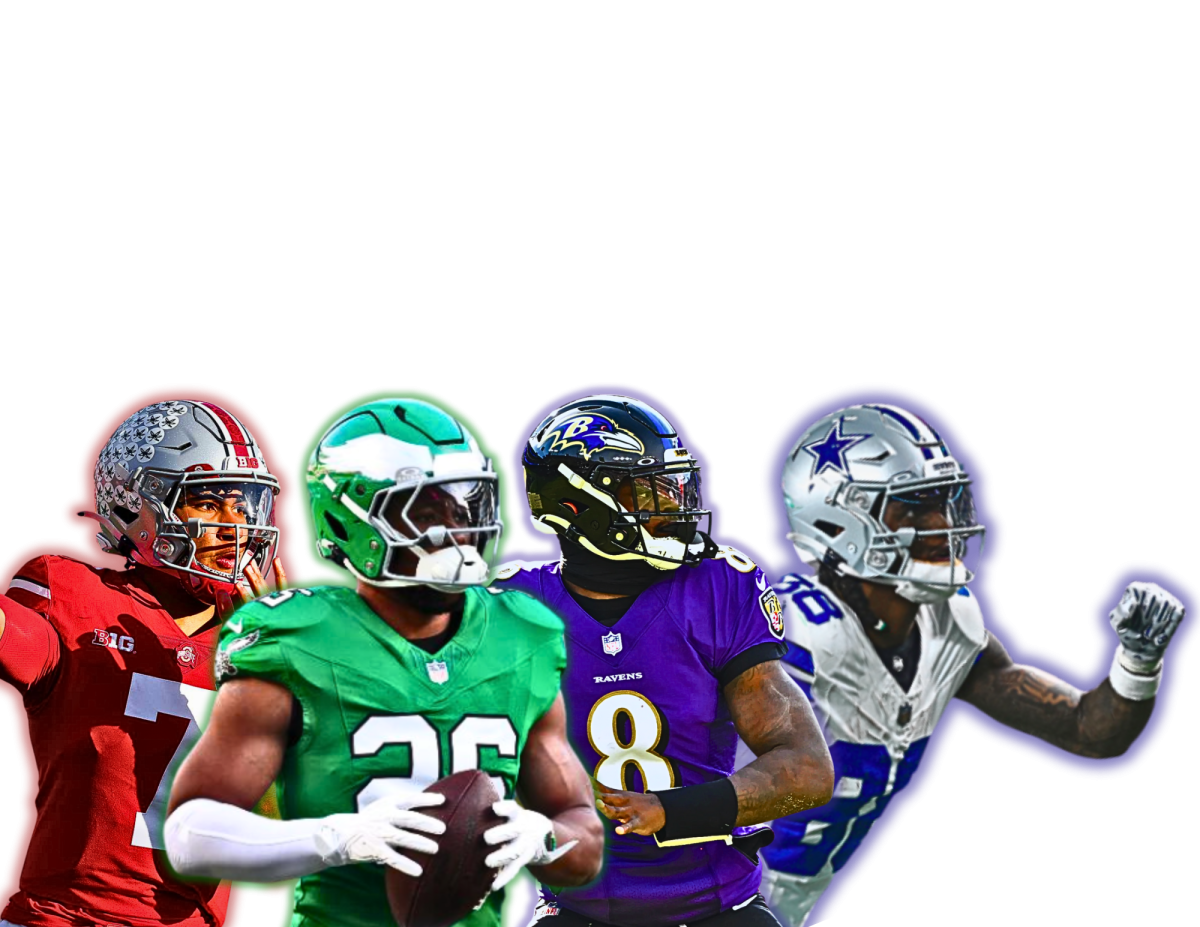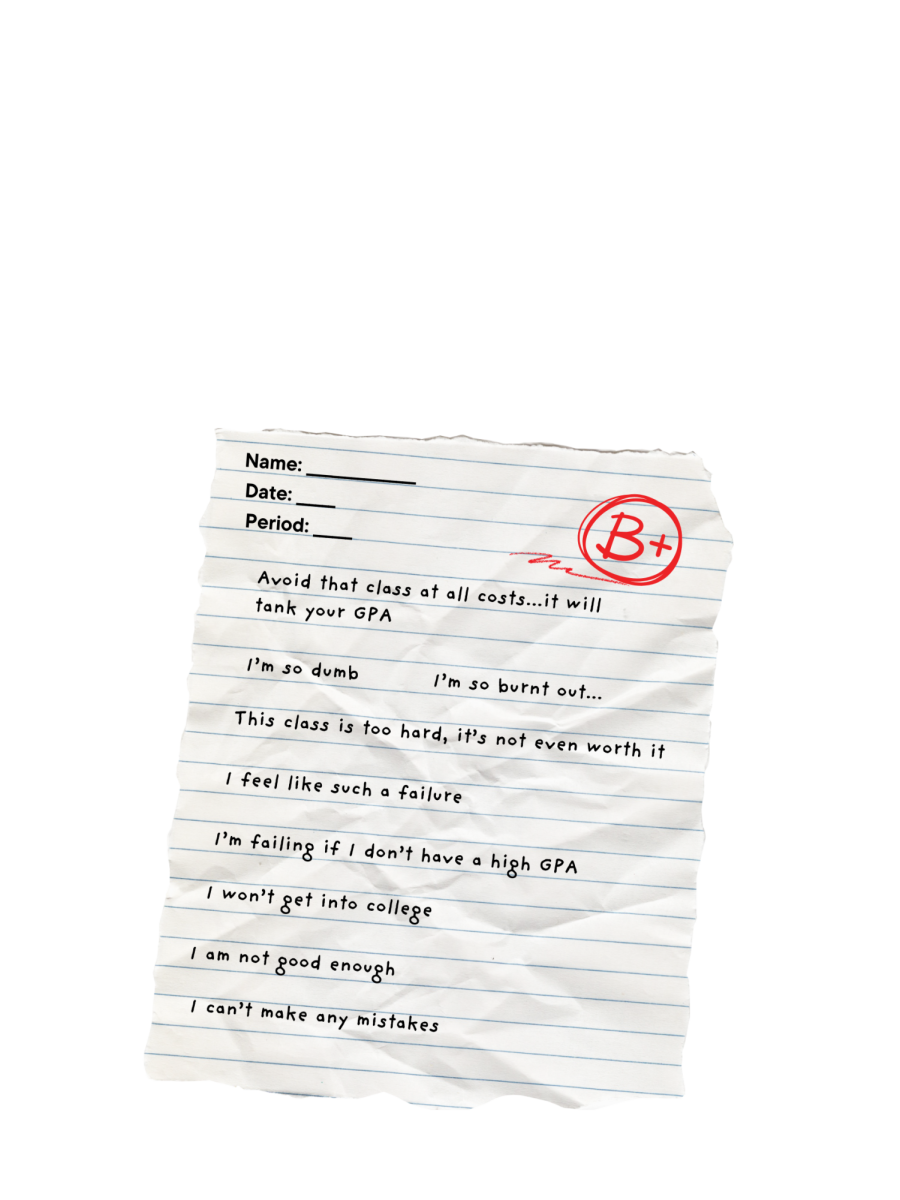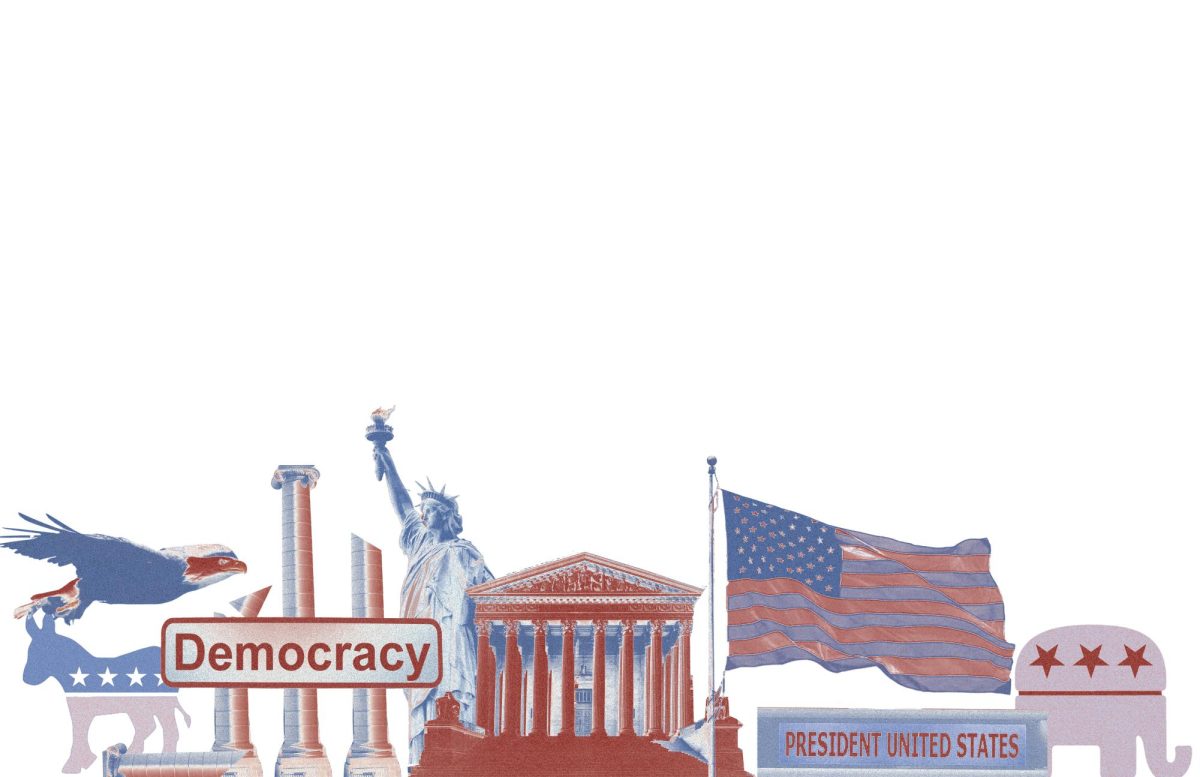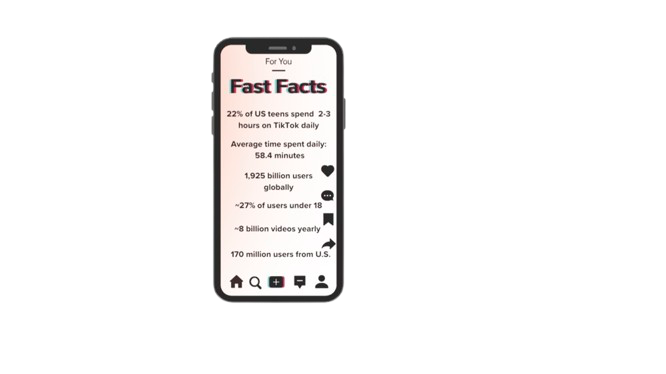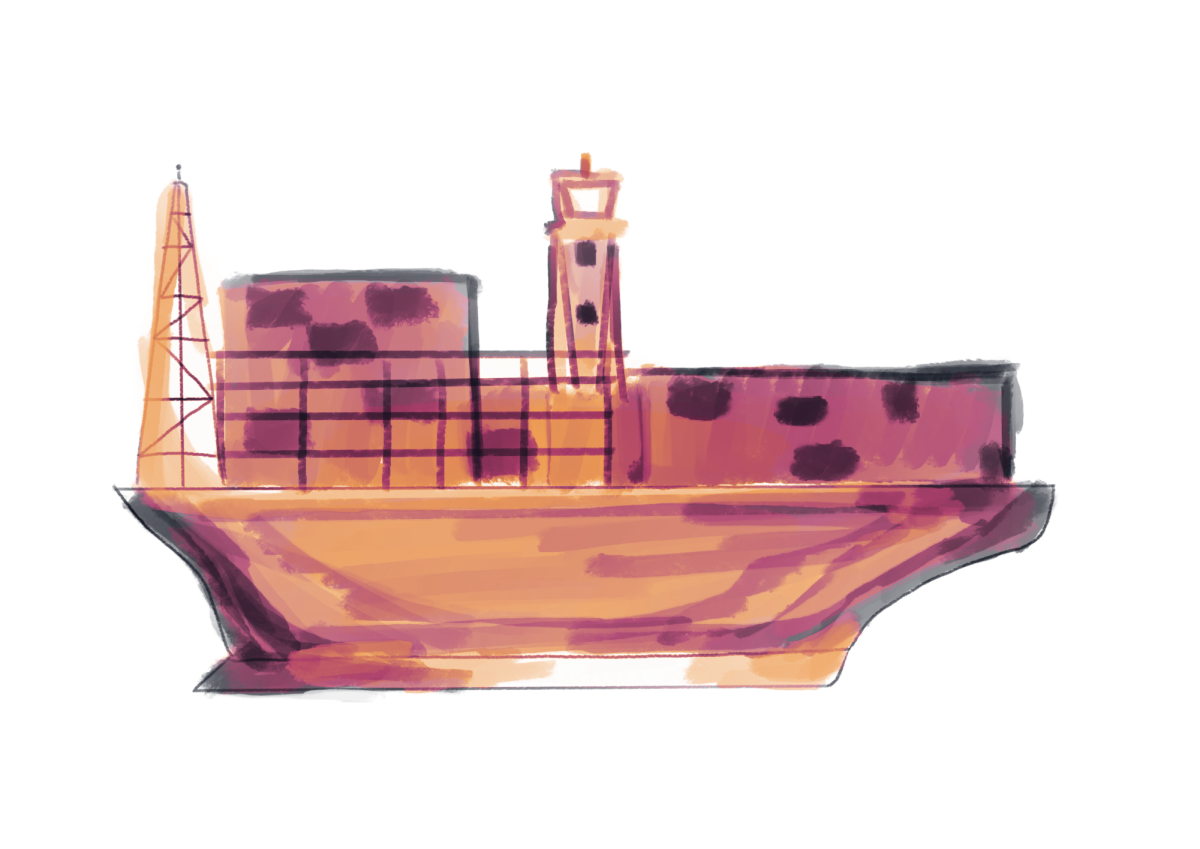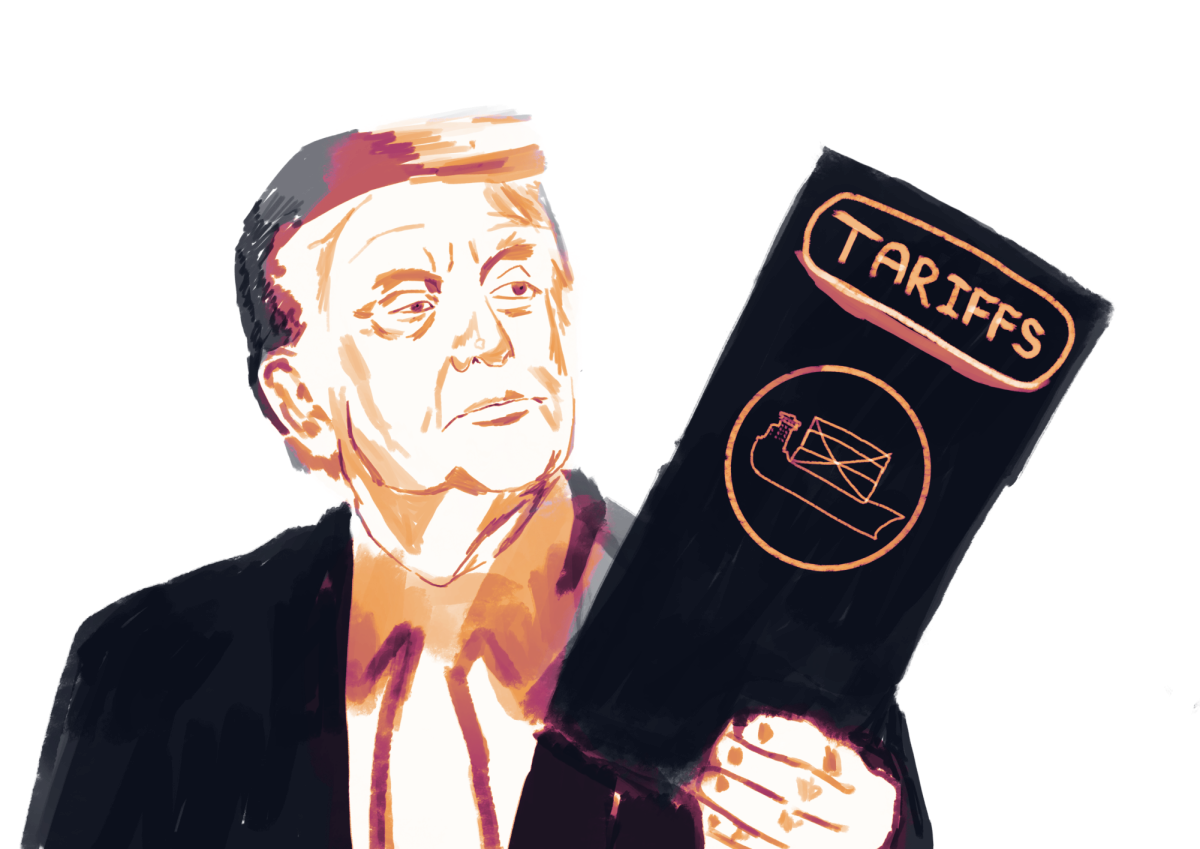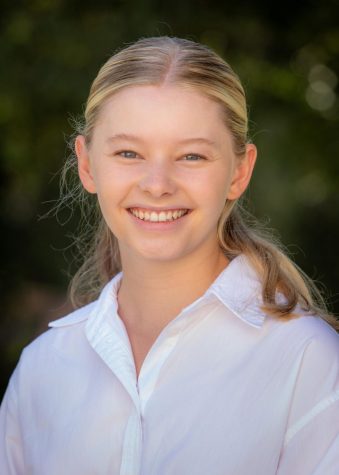Inside the Chicago Trip
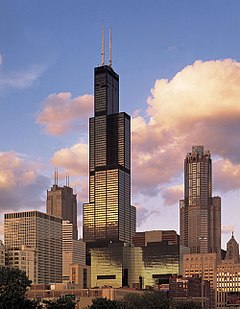
March 4, 2019
An interview with Experiential Learning Coordinator Ashley Tidey on the importance of the upcoming Chicago Trip. What to look forward to and why.
Q: What is the significance of the Urban Studies Trips?
A: The hope is that through these trips the whole class has a common-goal, a common investment, an in-common look at a city as a living organism, what makes it tick, what’s its history, its architecture, art, music, literature?
But also what is this city struggling with, what are its triumphs and catastrophes, what are people mad about, what are they happy about? And how does all of that drama and beauty come out in the art, litera- ture, etc.?
It’s not always easy to get students invested in research projects. But for this, students get to choose a slice of the city that is interesting to them.
If the topic feels personally, but also communally, relevant, then I think “the why are we doing this” part of a research project has a pretty clear and meaningful answer.
Q: What first made you think of Chicago for this trip?
A: I’ve been thinking about it for years. Chicago is actually the only city of the five we will have been to since 2014 that I’ve lived in. In addition, my nephew Pete is a senior at UChicago now, and so it felt fun to seize this moment while he’s still there. You can get such a snapshot live experience when you actually get to talk to college students on campus. And Pete is the editor of the Chicago Maroon, UChicago’s independent student newspaper. There are so many 9th graders in journalism this year, and I thought it would be pretty cool to see what journalism looks like on a college campus.
Q: What are you most excited for on the trip?
A: Watching kids walk up Michigan Avenue into the wind.
Q: How do you hope the trip will inspire the students that go?
A: I hope it will empower students to know that what they’ve studied and thought about in a classroom can be tested and made richer outside of that classroom. And with every urban studies trip, I hope kids will come away inspired and humbled by an awareness of the big and beautiful worlds beyond Santa Barbara.
Q: How is it connected to our in-class reading material?
A: Chicago has the hard edges and the wild stories of Steinbeck’s Cannery Row, only those of a completely different geographical location. The storm and brawl and big beauty of the city (I’m playing here with some famous lines from Carl Sandburg’s 1915 poem “Chicago”) make it a goldmine for research.
There’s so much to look at: music, art, architecture, sports, food, theater, wild politics, bootleggers, fires, world’s fairs, immigration stories. But I think the kids will see, over and again, that there is nothing more central to the city than the intersections of race, ethnicity, segregation, integration, wealth, and poverty.
And for this reason, Chicago is an incredibly rich place to pick up conversations that started with our study of Angie Thomas’s “The Hate U Give” and the Civil Rights Movement.
We’ve been talking all year about segregation and integration, complicated ecosystems and double consciousness, the cultural heritage of slavery and the struggle for equality in America. Even though Thomas’ novel isn’t set in Chicago (the book is set in the South, and the film was shot in Atlanta), all that we’ve discussed since the fall can be found in this city and in its neighborhoods

